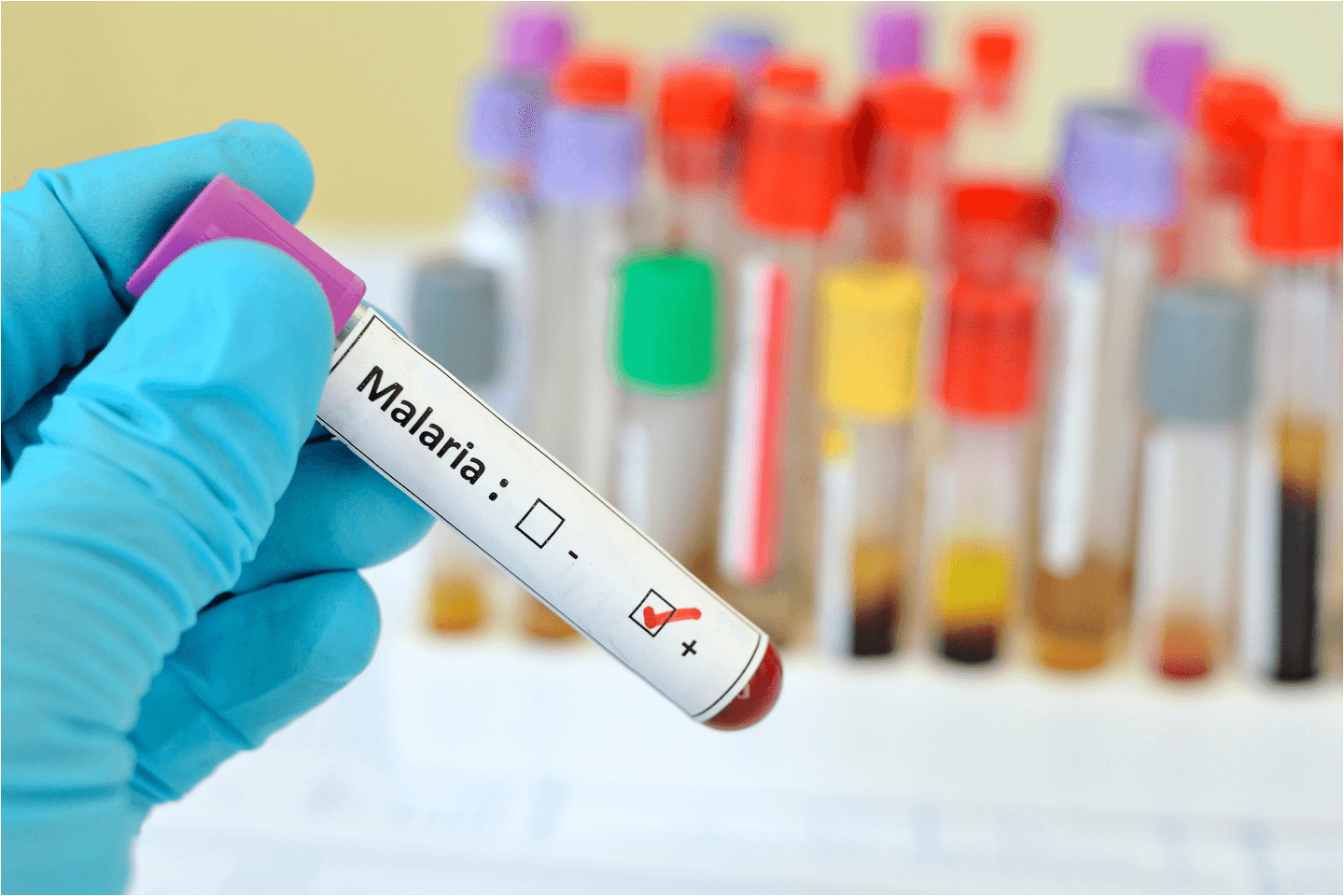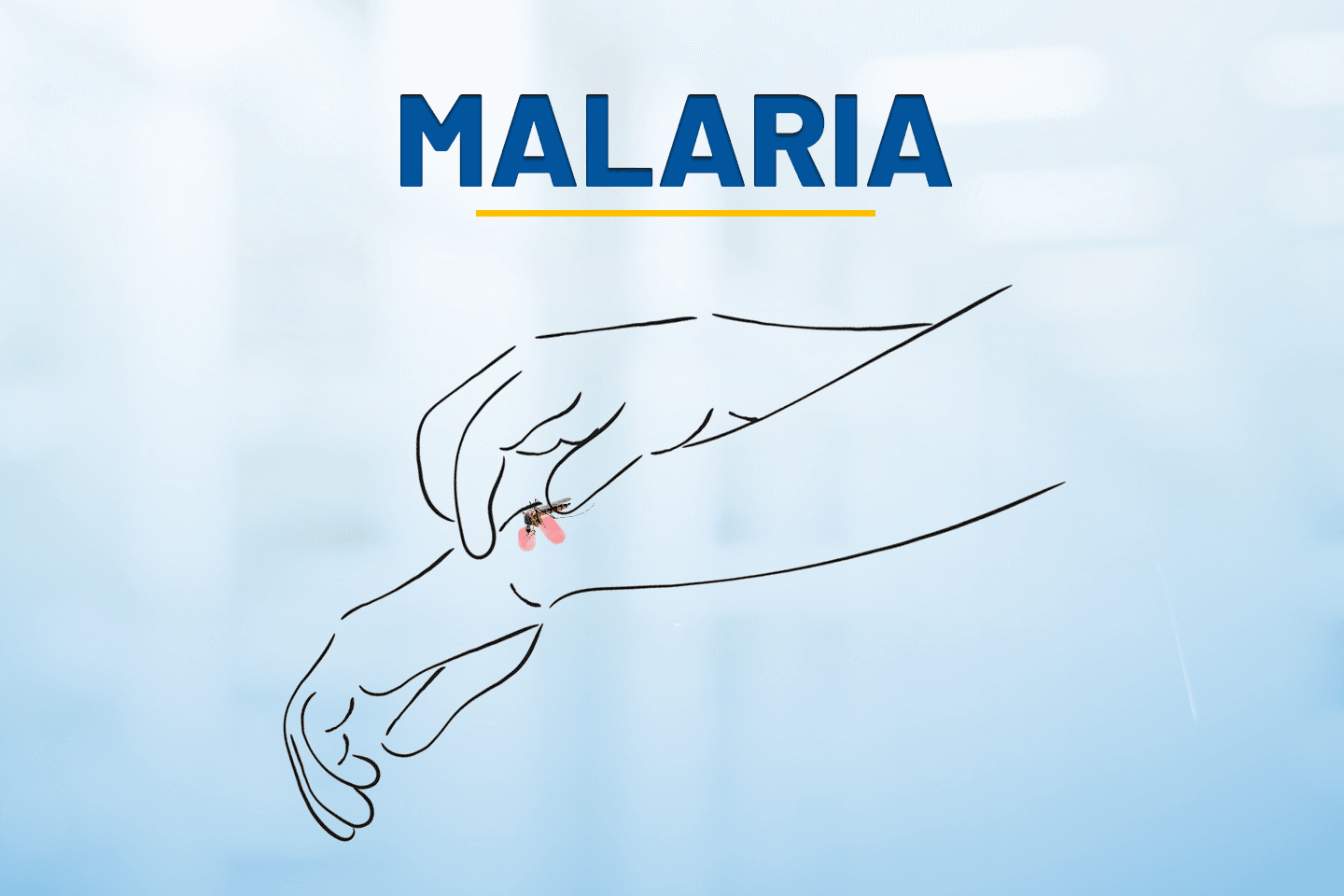
Simplifying Malaria Diagnosis for Healthcare Professionals
Introduction
Malaria diagnosis is a race against time. As per the latest World Malaria Report by WHO, India saw 33.8 lakh malaria cases and 5,511 deaths in 2022. However, timely and accurate detection remains a challenge that health professionals grapple with daily. As the fight against malaria continues, the tools and techniques at our disposal have become more sophisticated. From traditional microscopy to innovative rapid diagnostic tests, the toolkit for battling this disease is better equipped than ever. Yet, the effectiveness of these tools depends largely on the hands that wield them.
This article aims to sharpen those hands, offering insights to enhance the accuracy of malaria diagnosis. Join us as we explore how to optimize the use of diagnostic equipment and malaria rapid test kits in clinical settings, ensuring that every patient receives the prompt attention they need.
Enhancing Visual Inspection Techniques for Malaria Diagnosis
Traditional microscopy has been the cornerstone of malaria diagnosis. It involves the visual inspection of blood smears under a microscope to detect the presence of malaria parasites. While this method is highly effective, its accuracy heavily relies on the skill and experience of the technician. To enhance the efficacy of these visual inspections, a few solutions, such as below, can be implemented:
Training on Recognizing Malaria Parasites: Continuous training is necessary. The aim is to make sure that laboratory technicians can refine their skills of identifying malaria parasites accurately. In order to achieve this objective, such training sessions should seek at distinguishing different species of parasites and understanding their life cycles as well.
Using High-Quality Staining Techniques: The use of better staining methods can make it a lot easier to see samples. When viewed through a microscope, stains like Giemsa will stand out more, therefore making them easier to identify.
What are Rapid Diagnostic Tests (RDTs) for Malaria Diagnosis?
Rapid Diagnostic Tests (RDTs) have changed the way malaria is diagnosed by providing quick and efficient ways of testing that are important in remote areas with few resources. These tools are important in the initial screening and diagnosing of malaria because they enable healthcare workers to quickly decide on treatment while patients are still at the facility.
RDTs are specifically designed to detect antigens produced by malaria parasites in the blood of infected individuals. The primary advantage of RDTs lies in their speed and simplicity. They can deliver results within 20 to 30 minutes.
By enabling rapid diagnosis, RDTs reduce the unnecessary use of antimalarial drugs. This aids effective disease surveillance and control strategies, which largely depend on accurate mapping of malaria prevalence.
Following are some of the best practices to optimize effectiveness for RDTs
Proper Storage and Handling: In order to keep malaria rapid test kits effective, they must be stored and handled properly as per the manufacturer's instructions. The exposure of the kits to extreme cold or humid conditions may damage them hence giving false results.
Accurate Interpretation of Results: Health professionals must be adept at interpreting the results provided by rapid test kits. Training on reading these results accurately is essential, as misinterpretation can lead to misdiagnosis, affecting patient treatment and care.
Ensuring Quality in Laboratory Testing
The reliability of malaria diagnoses is not just dependent on the skills of the health professionals but also on the quality of the diagnostic equipment and the protocols followed in the laboratories.
The importance of quality control and assurance in laboratory testing for malaria cannot be underestimated. These processes ensure that the diagnostic results are both accurate and reliable. Quality control involves regular checks and calibrations of equipment to prevent errors. Assurance practices, on the other hand, encompass a broader scope, including proficiency testing among laboratory personnel and adherence to standardized procedures.
Implementing stringent quality control measures prevents diagnostic errors that could lead to misdiagnosis or delayed treatment, potentially worsening health outcomes. Assurance programs ensure ongoing compliance with international standards, thereby maintaining the laboratory's credibility and the trust of healthcare providers and patients alike. Together, quality control and assurance sustain the integrity of malaria diagnosis, supporting effective treatment protocols and contributing to broader public health efforts to combat this disease.
Strategies to Maintain Diagnostic Accuracy
Regular Calibration of Laboratory Equipment: Regular maintenance and calibration of laboratory equipment, including microscopes and other diagnostic tools, ensure that they operate at optimal levels and provide reliable results.
Involvement in External Quality Assessment Schemes: Participating in external quality assessment programs can help laboratories benchmark their results against standardized criteria, ensuring consistency and accuracy in the diagnostic processes.
Training and Continuous Education
The need for continuous training for health professionals in malaria diagnosis is critical due to several factors:
Evolving Protocols and Technologies: Malaria diagnosis is constantly enhanced by new research and technologies. Continuous training ensures that health professionals are updated with the latest diagnostic protocols and technologies, maintaining high standards of care.
Quality of Care: Regular training helps improve the accuracy of malaria diagnosis, which is crucial for appropriate treatment and patient outcomes. It also reduces the likelihood of diagnostic errors that could lead to mistreatment or the spread of the disease.
Adaptation to Regional Variations: Malaria strains and the local prevalence of specific parasite types can vary by region. Ongoing education helps health professionals adapt to these variations, enhancing their ability to diagnose and treat malaria effectively in their specific contexts.
Compliance with Health Standards: Continuous professional development is often required for licensure and accreditation. Regular training ensures that health professionals remain compliant with national and international health standards, promoting safe and effective practice.
Continuous education and training for health professionals are crucial to stay updated with these advancements:
Workshops: Participating in workshops provides hands-on experience and direct interaction with experts in the field of malaria diagnostics. These sessions often include practical demonstrations on the latest techniques and technologies, offering attendees an immersive learning environment to enhance their diagnostic skills.
Online Courses: There are numerous accredited online courses available that cover various aspects of malaria diagnosis and treatment. These courses are designed keeping in mind the schedules of working professionals, allowing them to learn at their own pace and convenience. They often include modules on interpreting rapid diagnostic test results, the latest research in malaria pathology, and updates on global malaria control strategies.
Conferences: Attending relevant medical and scientific conferences is a valuable resource for continuous education. These events not only provide the latest updates on malaria research and diagnostic innovations but also offer multiple networking opportunities with other professionals in the field. Conferences typically feature presentations and seminars by leading experts, fostering a deeper understanding of the complexities involved in malaria diagnosis and treatment.
MERISCREEN Malaria Diagnostic Kits by Meril
MERISCREEN Malaria Pf/Pan Ag: This malaria test kit facilitates the detection of Plasmodium falciparum-specific antigens (HRP2) and pan-plasmodium antigens (pLDH) using an in-vitro immunochromatographic method. Designed to detect infections in both hepatic and erythrocytic stages, it requires only 5µL of whole blood and differentiates results for P. falciparum from other species like P. vivax, P. malariae, and P. ovale within 20 to 30 minutes.
MERISCREEN Malaria Pf/Pv Ag: Tailored for detecting malaria infections caused by Plasmodium falciparum and Plasmodium vivax, this rapid test kit utilizes HRP II and pLDH enzymes to ensure quick diagnosis during the erythrocytic phase of infection. Results are delivered in 20 to 30 minutes, enhancing the speed and effectiveness of malaria management in clinical settings.
Final Thoughts
In order to make the diagnosis process of malaria more efficient, various aspects must be addressed, such as the improvement of conventional diagnostic methods, the incorporation of new technologies like malaria rapid test kits, and the observance of good practices in the laboratory. Regular training and education will ensure health workers have the necessary skills to offer correct and timely diagnoses, which are important in managing and controlling malaria effectively. Besides benefiting patients, this combined endeavour will also contribute towards the alleviation of the disease.
References
- https://www.who.int/teams/global-malaria-programme/reports/world-malaria-report-2023
- https://www.cdc.gov/malaria/malaria_worldwide/reduction/dx_rdt.html#:~:text=Rapid%20diagnostic%20tests%20(RDTs)%20most,card%20along%20with%20certain%20reagents.
- https://www.who.int/teams/global-malaria-programme/case-management/diagnosis
- https://www.ncbi.nlm.nih.gov/pmc/articles/PMC3771273/
- https://cdn.who.int/media/docs/default-source/documents/publications/gmp/malaria-rdt-central-2009.pdf?sfvrsn=9eabab55_4&download=true#:~:text=The%20recommended%20storage%20temperature%20for,exceed%20the%20recommended%20storage%20temperatures.



